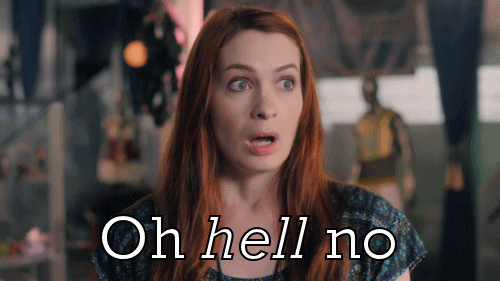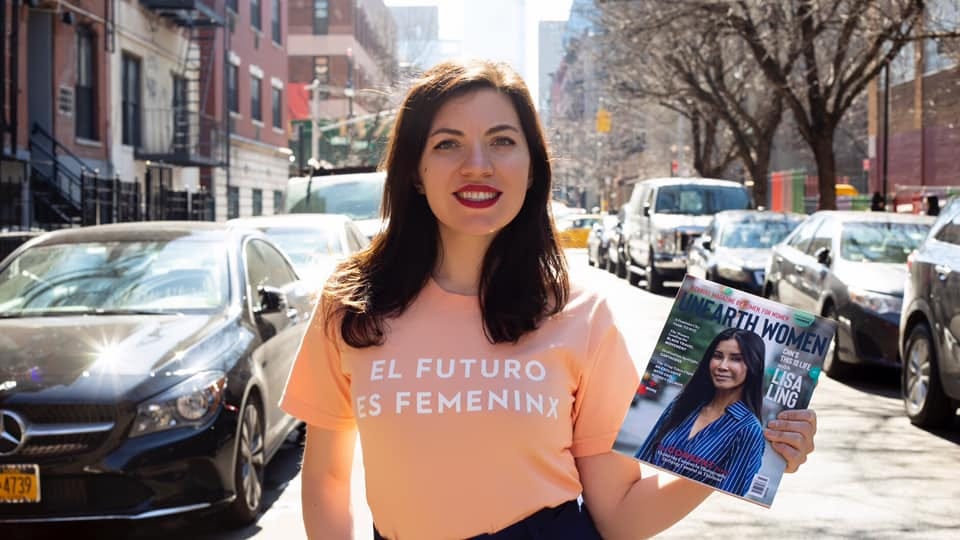How I started a print magazine in a digital age
It all started with being laid off, pajamas, a glass of wine...
Thank you for subscribing to the Unearth Women NEW newsletter! If you’re here, chances are you already know a little bit about what Unearth Women is and how we got our start. But, in case you’re new, here’s the full story of how we took a wine-fueled idea and turned it into an international selling magazine. Like most start-up stories, this one is filled with ups and downs, lessons and revelations. So grab a glass of wine and enjoy. You’re in a for a ride.
Like many stories, Unearth Women began with the closing of one door and the opening of another….
In 2018, I found myself abruptly out of work. I had been working as a Travel Editor for a publication here in NYC until I, along with half the editors, were unceremoniously shown the door. Feeling frustrated, directionless, and utterly downtrodden I waded reluctantly into the cold waters of unemployment.
In an almost ironic twist of fate, I was laid off from my job a week before I was meant to represent the publication at a women’s travel festival in New York. I would be speaking on a panel about sexism in the travel industry (one of the first times this topic was being addressed in a large public setting). When the day came, well, I felt vulnerable. Where I once felt I could hold my own next to my fellow panelists, including editors from CNN and USA Today, I now felt as though the words “unemployed” were emblazoned on my forehead.
Chin up, I sat on that panel and began to talk about and listen to the experiences of women in the travel industry. I realized how many of my own experiences had been examples of blatant sexism too. From minor offenses like being talked over in meetings. To unbelievable moments like being asked by male managers to take out the trash or wash the dishes in our office kitchen. To larger offenses like male colleagues or managers resting a hand on my thigh or forcing a kiss on me. I began to look at my past and get angry. Oh, hell no.
I had brushed them off at the time they were happening, chalking them up to the wiles of men and the absurdity of being twenty-something in NYC. But, as I listened to these women tell their stories, a fire began to light within my chest and with it the idea to create something to champion women.
Let me pause here to say that great ideas are often hard to come by. In my life, truly earth-shattering ideas have appeared only a handful of times. Sometimes they follow a life-altering moment like a break-up, a job loss, or a called-off wedding (a story for another time). Other times, they are stumbled upon abruptly. In this case, the idea for Unearth Women came to me one night after this panel.
Sitting in pajamas, with a glass of wine in hand, I asked myself: if I could do anything with my time what would it be? The answer was Unearth Women, to create a publication that celebrated women and unearthed their stories. I had grown tired of giving men the best of my abilities, helping male start-up founders turn their dreams into a reality, while systematically denying my own.
What it means to actually launch a travel magazine
So here’s the thing about launching a magazine in today’s modern age: it. is. hard. In fact, I might even venture to say it is ill-advised. As an editor and journalist, I know that magazines are folding left and right. I have witnessed some of my favorite publications, like Lucky Peach, close their doors completely. Hell, I’ve now experienced, on three separate occasions, the pains of being laid off thanks to the ever volatile space that is publishing. So, what would compel me to start a magazine with no funding in the digital age? Well, a sheer sense of stubborn belief that this magazine simply had to exist.
Here’s the thing: Unearth Women was and is the first travel magazine dedicated entirely to the female travel experience. Travel + Leisure is founded by a man. Afar is founded by a man. Departures is, well, you guessed it. Now, it’s not to say that men can’t speak to travel. Of course, they can. But, can they speak to traveling as a woman? Well, unless they have had to hunt for tampons in Thailand or concoct a fake husband in Morocco, I doubt it.
The idea for Unearth Women was simple. It would combine travel content (guides, tips, advice) written by women, for women with reporting and interviews spotlighting women and their stories. From the beginning, I knew I needed other people onboard to help balance the project. I turned to colleagues I admired, confidantes I trusted, and eventually pulled together a team of women. We launched a Kickstarter campaign in hopes of raising money for our first issue.
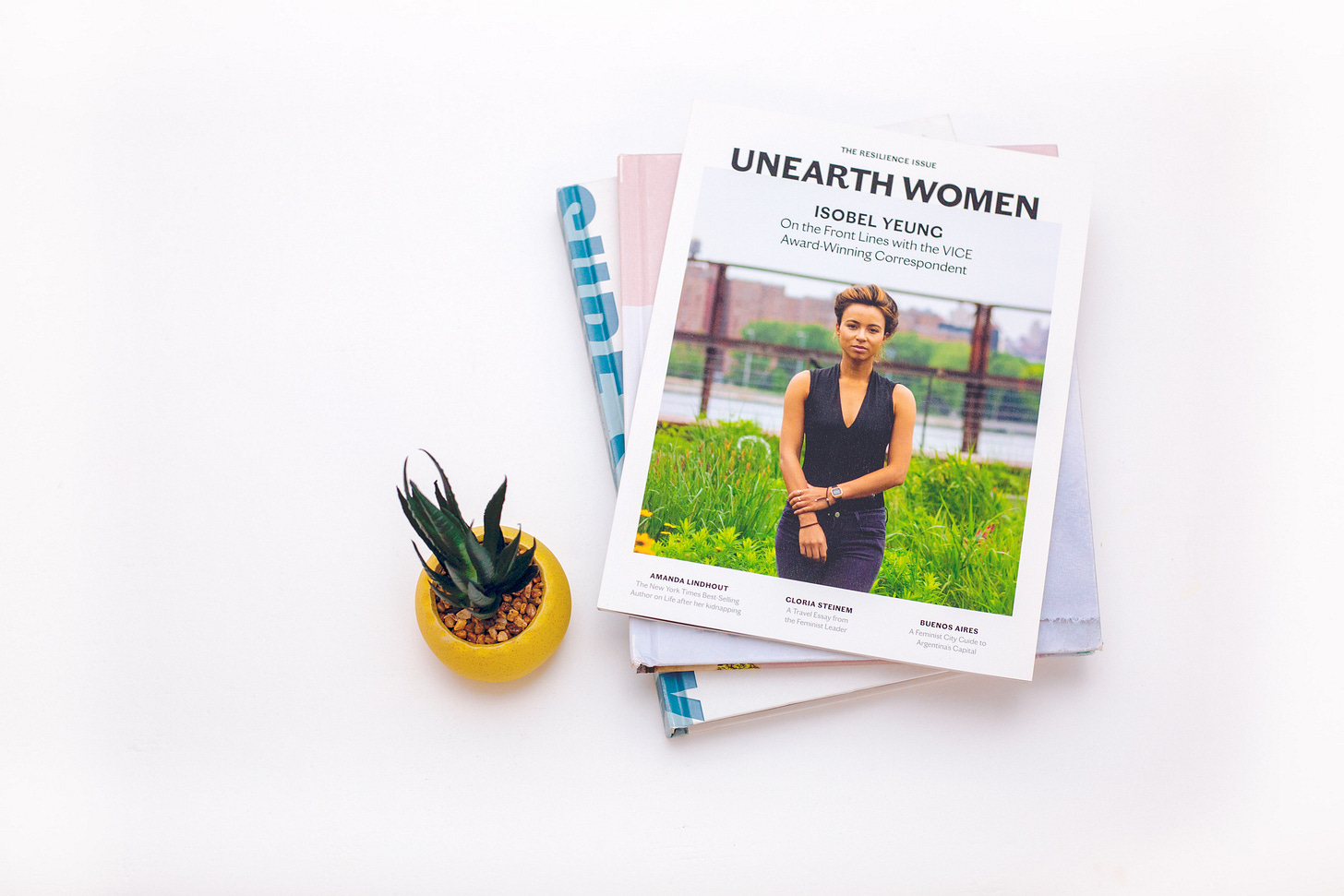
I knew from the start, I wanted the magazine to have women on the cover instead of destinations. A bold move when trying to go up against other travel magazines, but one that I felt was necessary to show this was different from other travel publications. For our first issue, I reached out to Isobel Yeung of VICE, an EMMY-winning reporter and, just like that, we had our cover woman. From there, we scheduled a bare-bones cover shoot and began to look for additional stories to fill the pages. Some would be written by us, others would come from paid freelancers. Slowly our first issue came together.
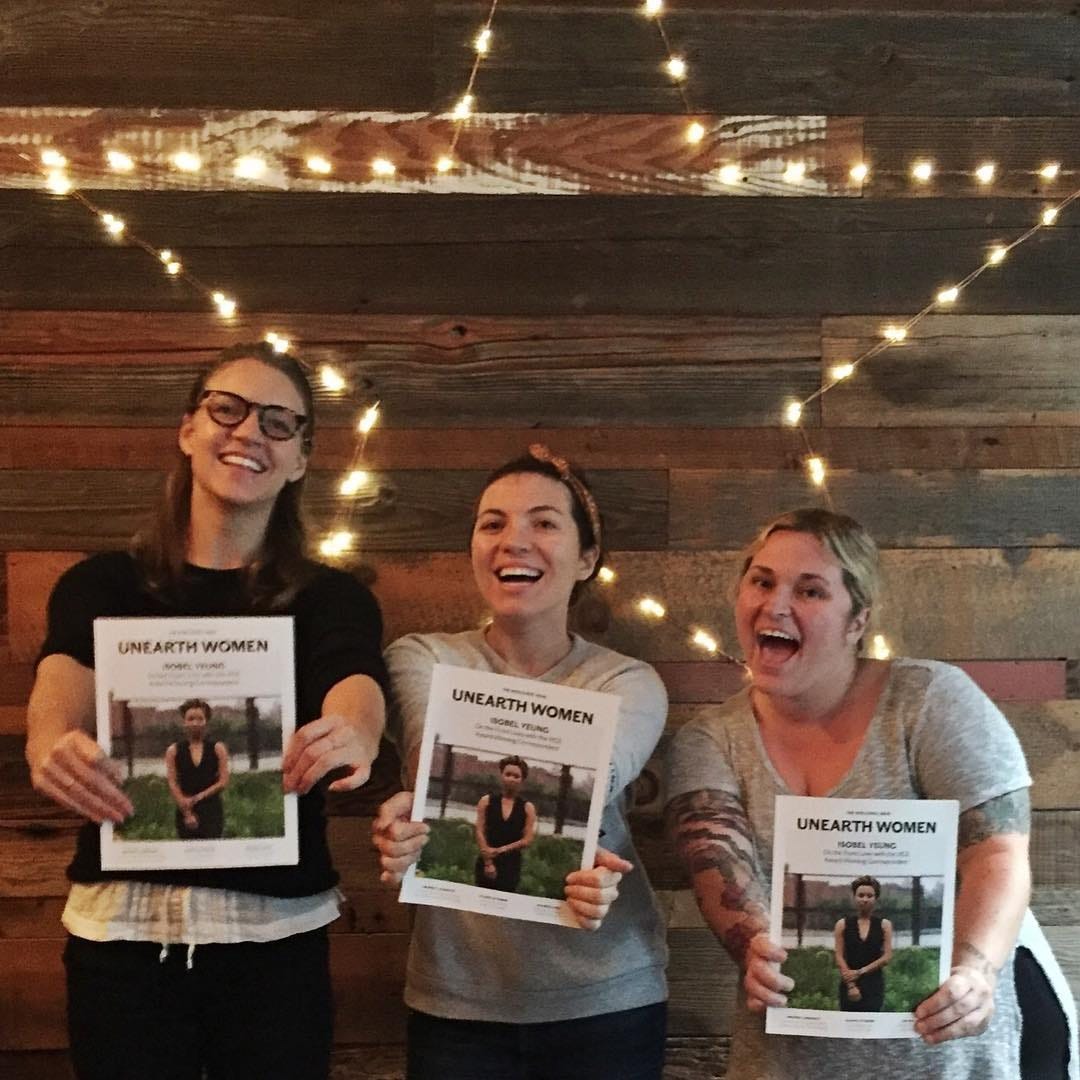
The meteoric rise of Unearth Women magazine
There comes a point in every great idea where the reality of it begins to run away from you. You think you know exactly how things are going to go and then, as they say, the idea catches fire. This is exactly what happened with Unearth Women. After we released our first issue, a small self-printed batch sold via our website, we received interest from magazine distributors around-the-world interested in carrying the publication. What this meant is that our little magazine had an opportunity to enter the big leagues and be sold in bookstores.
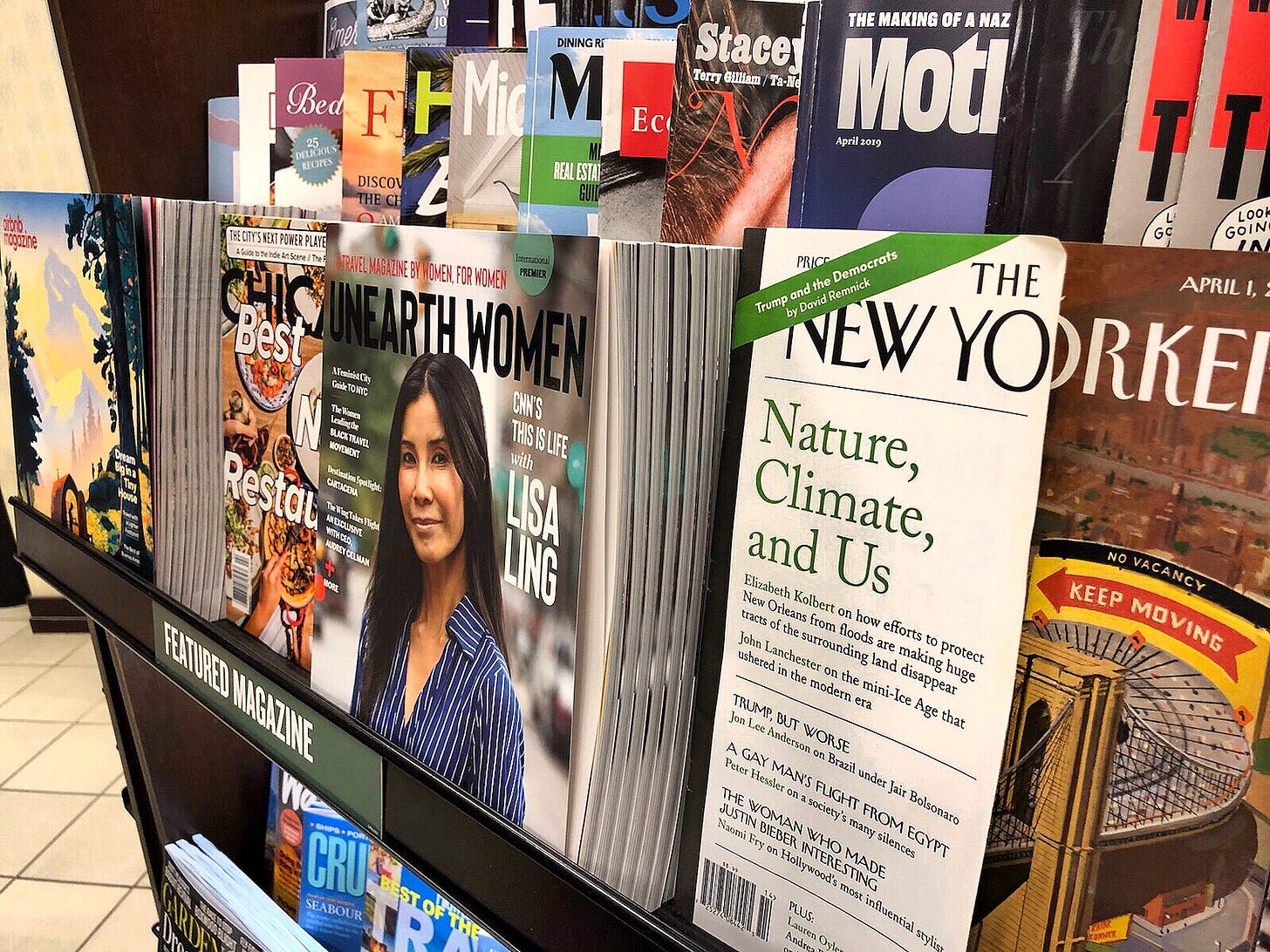
We went with a big name distributor in the United States, responsible for placing titles like Vogue and Travel + Leisure in bookstores around North America. From 100 or so copies of issue 01, we scaled to nearly 15,000 printed copies for issue 02. From a magazine sold independently via our website, we scaled to a magazine sold in over 800 Barnes & Noble locations, bookstores in Canada, and shops around Europe.
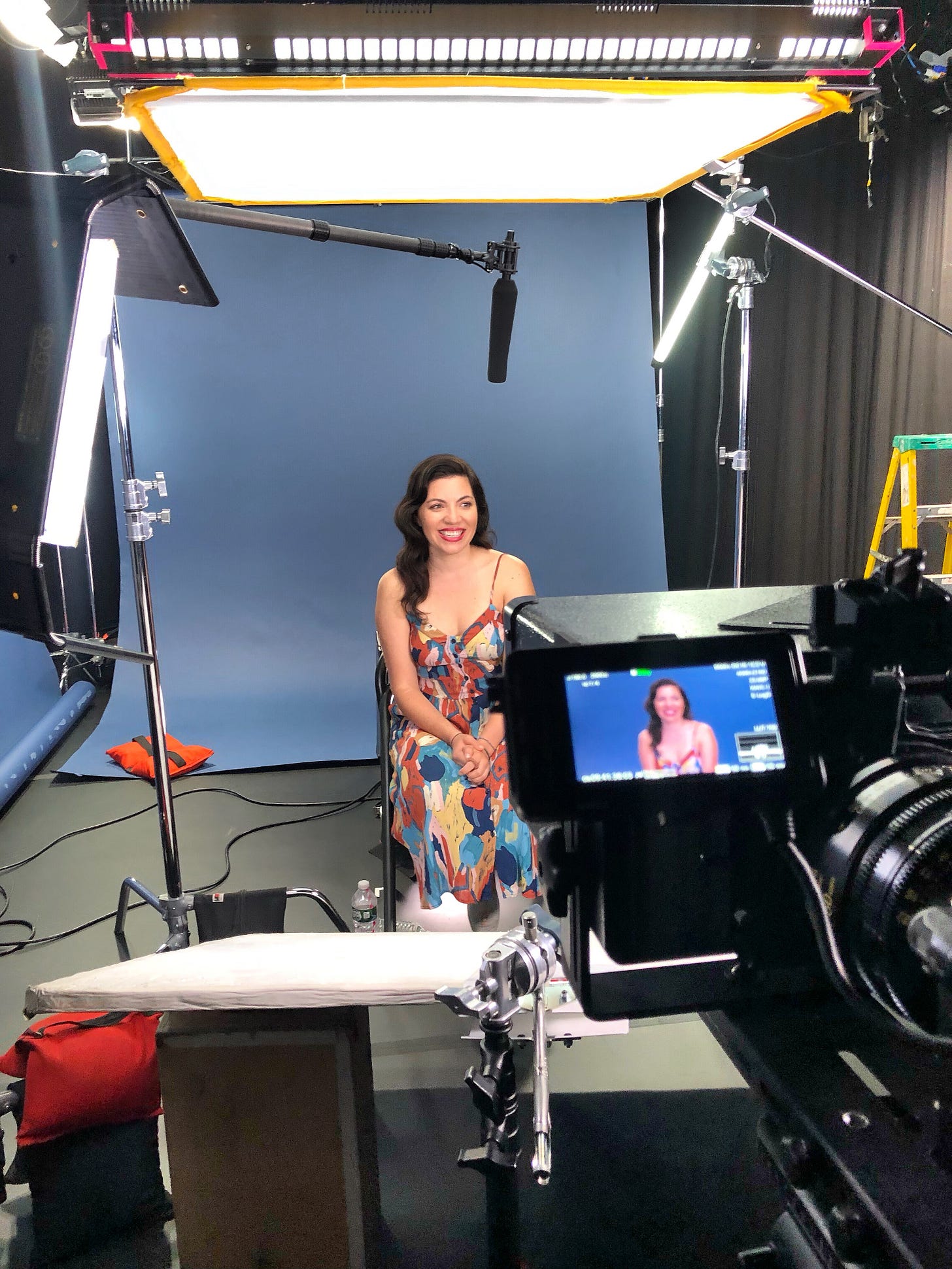
Suddenly, Unearth Women caught fire. In what felt like a matter of weeks, our humble magazine had gotten the attention of The New York Times, had earned itself its first bonafide investor, was offered a book deal by Penguin Random House, and had been featured in Good Morning America, Vogue Spain, and even Travel + Leisure. We were asked to host events, speak on panels, be in video shoots, and attend conferences. As our print magazine took off, our digital site grew exponentially in readership as did our brand recognition. Suddenly people knew about Unearth Women, wanted to write for our publication, work for our media company, and advertise in our pages.
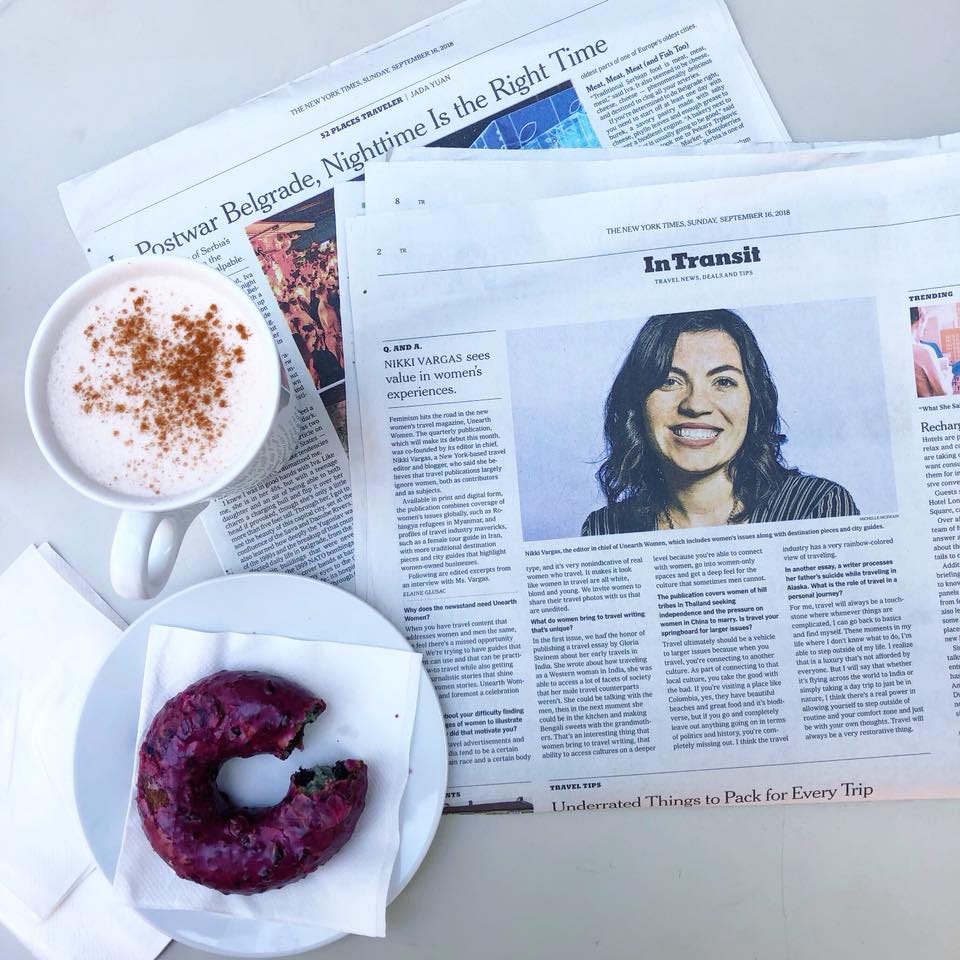
In this moment of time, life felt exquisitely exciting. I would wake up each morning with such an eagerness to check my inbox because I never knew what sort of opportunities would be waiting there. From PR people wanting their clients on the cover, like CNN’s Lisa Ling, to invitations to speak at conferences or interview for magazines—all the doors in the world felt like they had flung open. The dangerous thing about a meteoric rise is your feet begin to float off the ground. What once felt far-fetched and impossible suddenly can feel as though it’s bound to be a guaranteed success.
The realities of printing a magazine today
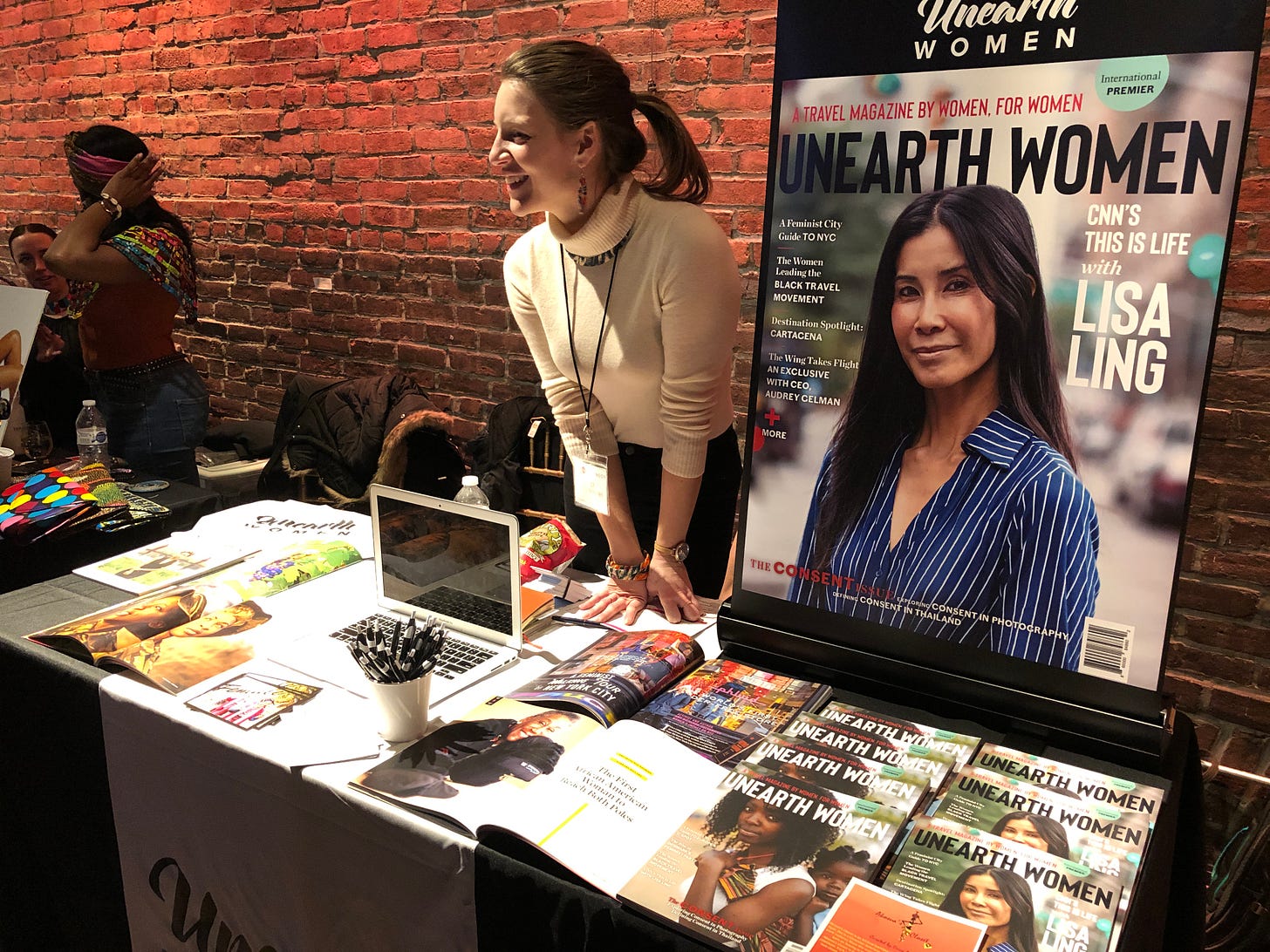
There were two stark realities in launching Unearth Women. The first was the behind-the-scenes balance of launching a start-up company while working full-time as an editor in New York City. The second was the shiny exterior of a magazine that was seemingly taking the publishing world by storm.
While Unearth Women was being written about, published, and sold worldwide - money was slow to come in. Costs of mass-producing a magazine outweighed the revenue from selling it. Costs associated with paying a small team of women outweighed print subscriptions and ad sales. My co-founders and I began to outrun ourselves. Moving fast and hard, we burned the candle at both ends, trying to sustain a company with minimal funding and limited cash flow.
In retrospect, we could have slowed down. We should have slowed down. We could have switched from a quarterly magazine to a bi-annual one, allowing ourselves more time between issues to get advertisers and raise pre-sales. We could have scaled down the number of copies we printed and bookstores we were sold in, realizing that the overhead production costs were beginning to eat up our money. Instead, we pushed forward because the idea of Unearth Women had run away from us, had eclipsed its own reality. We were afraid to slow down, afraid to lose momentum, afraid to disappoint followers and supporters. And so we kept on running until we hit a wall.
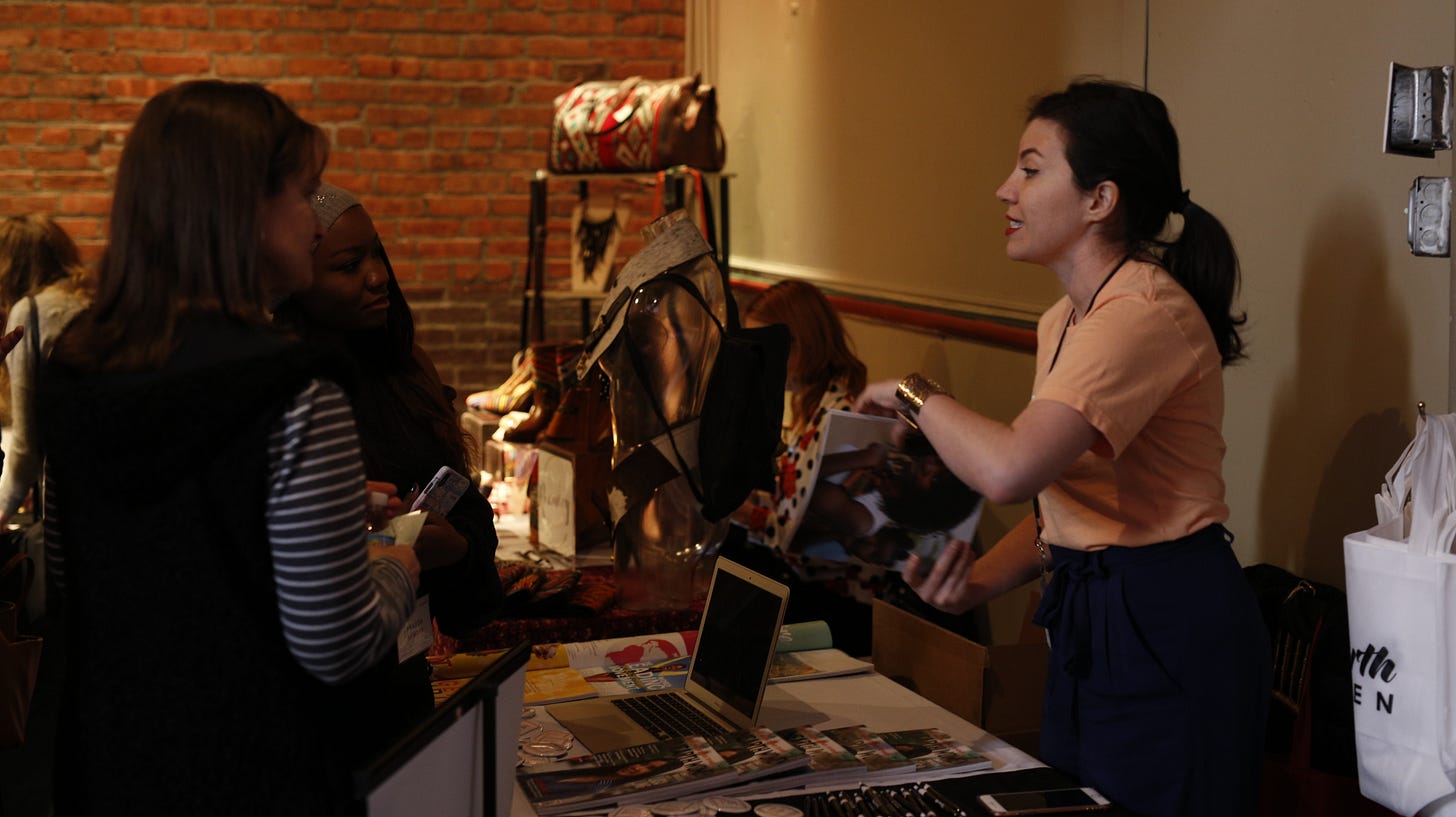
After three print issues, we moved full steam ahead with planning our 4th issue. This issue would focus on the theme of inclusivity and spotlight marginalized groups of women who have historically been overlooked in the travel space. We proceeded as we had for the past three issues: scheduling photo shoots, commissioning paid stories, editing content, and paying a print designer. But something this time was different, the realities of having outspent our budget on previous issues were becoming more difficult to ignore.
Here’s how it works with magazines. When it comes to design, editing, writing, and everything associated with the magazine’s actual content, those costs fall on the publication. When it comes to printing, shipping, and distribution, those costs fall on the publication too. For the previous two issues, we had worked to fulfill an order for Barnes & Noble and our international distributor. They wanted 15,000 issues by a certain date, we hauled ass to get it ready for them. We covered all of the upfront costs and, in turn, they would pay us a percentage of magazines sold. When all was said and done, we were hemorrhaging money. For every issue that sold at a retail value of about $12.95, we were making perhaps less than $5.
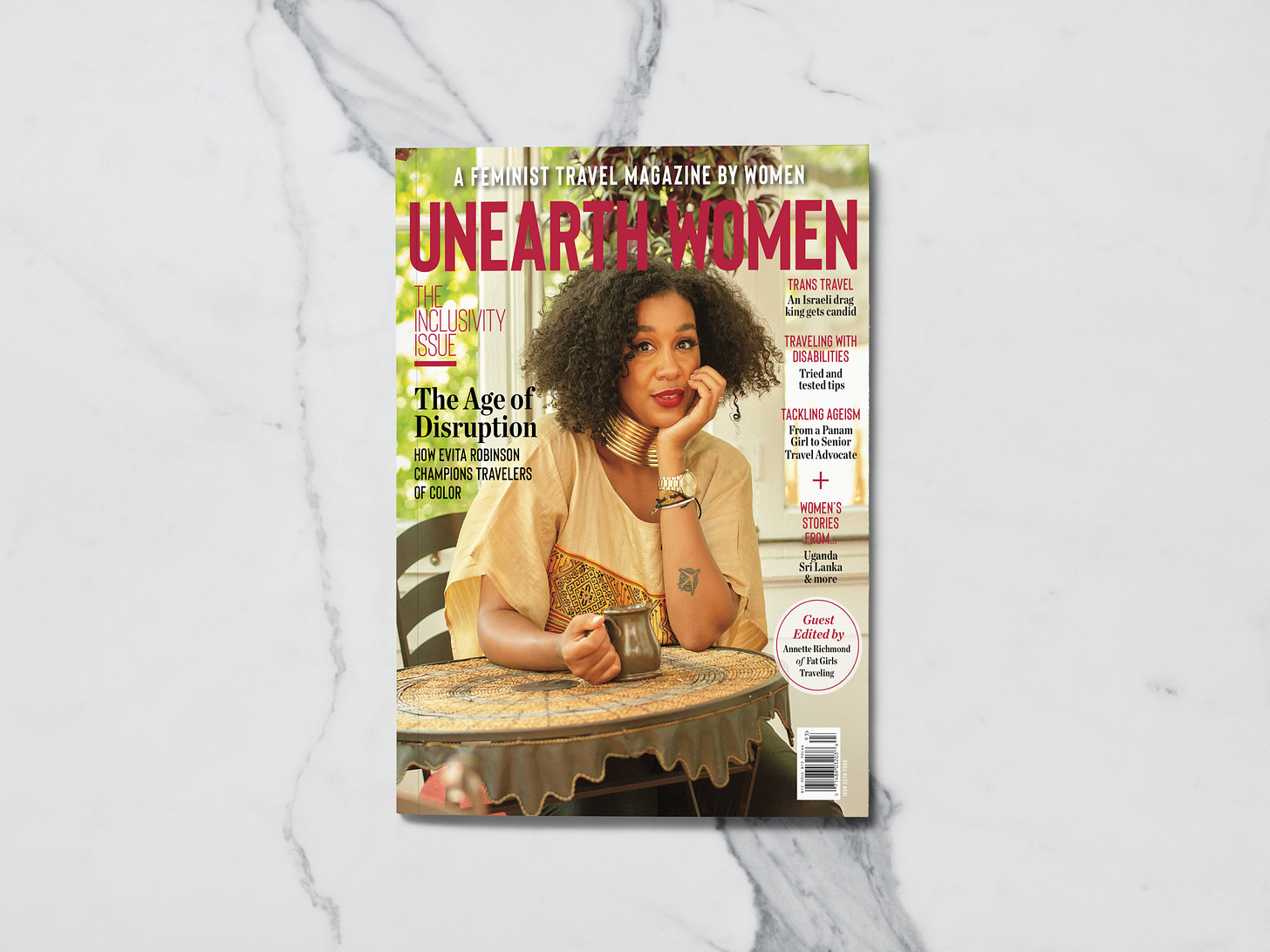
We could have pulled the magazine out of bookstores. We should have pulled the magazine out of bookstores. We would have made more money printing a small batch of issues and selling them directly via our website, but we didn’t. We had reached the nirvana of publishing, had managed to scale Mt. Olympus in a matter of months from a no-name magazine to an international seller. We tried our hardest to hold on.
Tumbling down the mountain of success
Eventually, we realized we didn’t have enough money to print issue 04 or fulfill the Barnes & Noble order. To say this moment in time was devastating is an understatement. To say I handled it well would be a lie. In fact, I have a clear memory of sitting on my living room floor surrounded by ripped up issues and a broken glass frame that had once held The New York Times article we were featured in. We had fallen and it was hard to get up.
Systematically, we had to break down the print component of our company. We offered refunds to print subscribers, offered issue 04 as a digital magazine only, pulled out of bookstores completely, and reduced the size of our team substantially. It felt as though we had begun to fizzle out, like a shooting star growing further and further out of sight. Yes, we still had the digital site but it was the magazine that had rocketed us to the top of the mountain. It was the magazine that had set us apart from our competitors.
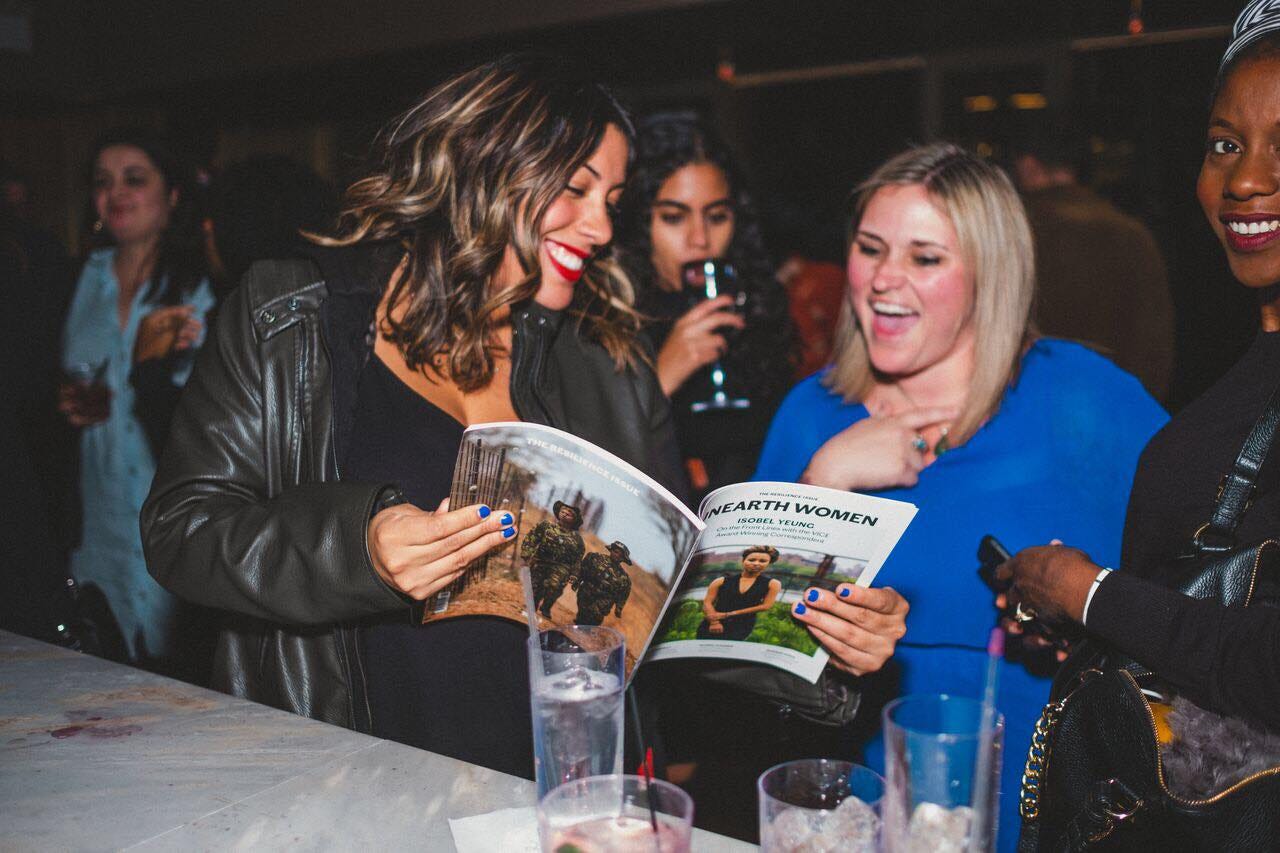
For months, my co-founders and I processed the fall out of our print publication and the bottoming out of our company funding. I focused on the website, bringing the same caliber of stories to the digital space that we had in our magazine. I realized over months, slowly but surely, that the mission of Unearth Women wasn’t to be a magazine, it was to be a space for women to tell their stories. In the end, the medium was not the message, the message was the message. It didn’t matter whether the stories we printed came to readers on paper, on a screen, or even in an e-mail. What mattered, was these stories were being told at all.
Getting back up
Slowly, I began to get up. Brushing the broken glass off my skinned knees, I began to understand one simple truth: while the magazine may have folded, Unearth Women never did. In the months it had taken me to get back up, Unearth Women remained a living and breathing idea that continued to captivate readers and draw support. I understood then, how the magazine had ultimately served its purpose. It had allowed us to burst onto the publishing scene and gain readers so that these stories had an audience.
One day, two years later, I began to think of the magazine again. By this point, I had focused entirely on digital and the wealth of ways we could reach readers. We launched a podcast, we opened our digital store, we started a #WomenOwned video series, we launched weekly live interviews. We still had the deal from Penguin Random House and worked on the forthcoming women’s travel book, eager for its Spring 2022 release.
Today, I have decided to try and resurrect the magazine as a bi-annual print component to the digital site. It may take months until it happens, it may not be sold in bookstores, or printed on the high quality, velvet-touch paper it once was, but it will exist. Finally, I realize that is more important.




